The Papal Conclave: A Detailed Explanation Of The Election Process
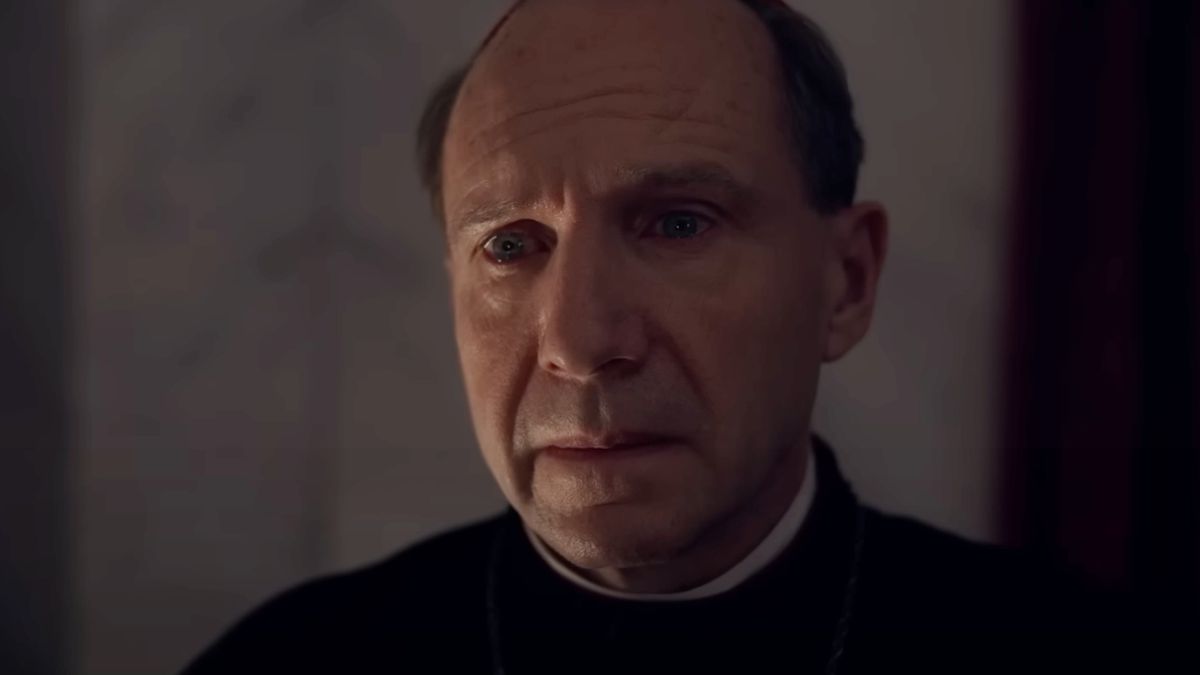
Table of Contents
The Pre-Conclave Period: Preparations and Expectations
The period between a Pope's death or resignation and the start of the conclave is a time of intense preparation and anticipation. This interim period, known as Sede Vacante (the vacant see), is marked by a specific set of procedures designed to ensure a smooth transition of power.
- Sede Vacante: This period begins immediately following the Pope's death or resignation and ends with the election of his successor. During this time, the governance of the Church falls under the authority of the College of Cardinals.
- The Cardinal Camerlengo: The Cardinal Camerlengo acts as a temporary administrator of the Vatican City State. His responsibilities include overseeing the Vatican’s finances, security, and daily operations until a new Pope is elected. The Camerlengo plays a crucial role in preparing for the conclave.
- Preparing the Sistine Chapel: The Sistine Chapel undergoes a thorough cleaning and preparation to serve as the venue for the conclave. This includes the installation of voting booths and other necessary equipment to ensure the secrecy of the proceedings.
- Gathering of Eligible Cardinals: Cardinals from around the world, under the age of 80, gather in Rome. Their presence is crucial as they are the only ones eligible to participate in the election.
- Confirmation and Oath of Secrecy: Before the conclave begins, each eligible cardinal confirms their eligibility and takes a solemn oath of secrecy, pledging to maintain the confidentiality of the entire process. This oath is vital to the integrity and proper function of the Papal Conclave.
The Conclave: Seclusion and the Election Process
The conclave itself is a period of complete seclusion and intense deliberation. The cardinals are housed within the confines of the Vatican, completely cut off from outside influences.
- Complete Seclusion: Cardinals live a simple life during the conclave, foregoing all personal comforts and focusing solely on the election process. Their days are filled with prayer, discussion, and voting.
- The Scrutiny: The voting process is known as the "scrutiny." Each cardinal writes the name of their chosen candidate on a ballot, which is then collected and counted by appointed scrutineers. This is repeated until a two-thirds majority is reached.
- The Scrutineers: These cardinals are responsible for verifying the validity of each vote, and they play a critical role in ensuring a fair and transparent process. The ballots are then counted, and the results are made known to the participants.
- Two-Thirds Majority Requirement: To be elected Pope, a candidate needs to secure a two-thirds majority of the votes cast by the participating cardinals. If no one achieves this majority on the first ballot, the process repeats until a decision is reached.
- Smoke Signals: The burning of ballots after each round of voting produces smoke signals, visible from St. Peter’s Square. Black smoke signifies that no Pope has been elected, while white smoke announces the selection of a new pontiff.
The Election of the Pope: Announcing the New Successor
Once a candidate receives the necessary two-thirds majority, the election is official. The world waits with bated breath for the announcement.
- "Habemus Papam!": The announcement of the new Pope is made from the balcony of St. Peter's Basilica with the iconic phrase, "Habemus Papam!" ("We have a Pope!"). This marks a moment of great joy and anticipation for Catholics worldwide.
- The First Appearance: Following the announcement, the newly elected Pope appears to the world for the first time, offering his first blessing Urbi et Orbi (to the city and the world).
Papal Name Selection
A significant aspect of the election is the new Pope's choice of a papal name. This tradition is significant for various reasons.
- Tradition of Adopting a New Name: It’s a long-standing tradition for the newly elected pontiff to select a new name, often choosing one that holds personal or historical significance. The chosen name symbolizes a break from the past and a new beginning for the papacy.
- Reasons for Choosing Specific Names: Popes often choose names to honor saints or predecessors they admire or to reflect their spiritual aspirations and goals for their papacy.
- Examples of Papal Names: The choice of name can range from names representing historical figures, such as the recent Pope Francis who chose a name associated with St. Francis of Assisi, known for his simplicity and commitment to the poor, to names holding symbolic significance for the Pope's own vision.
Post-Conclave: Inauguration and the Beginning of the Papacy
Following the election, several key events lead up to the official inauguration of the new Pope.
- The Inaugural Mass: The formal inauguration of the new Pope is marked by a grand Mass in St. Peter's Square, attended by cardinals, bishops, clergy, and millions of faithful.
- The First Address: The new Pope typically delivers his first address to the world, outlining his vision for the Church and his priorities for his papacy.
- Transition of Power: The transition of power and responsibilities from the Sede Vacante to the new Pope is a crucial part of the post-conclave period, establishing a smooth transition and continuation of the Church's governance.
Conclusion
The Papal Conclave, a process shrouded in secrecy yet brimming with historical significance, is a pivotal moment in the Catholic faith. Understanding its intricacies—from the pre-conclave preparations to the final announcement of the new Pope—provides insight into the complex workings of the Vatican and the election of a spiritual leader for billions worldwide. To further your knowledge of this fascinating and important event, explore additional resources on the history of Papal Conclaves and the roles of the cardinals involved. Continue learning about the intricacies of the Papal Conclave to gain a deeper appreciation of this critical process within the Catholic Church.

Featured Posts
-
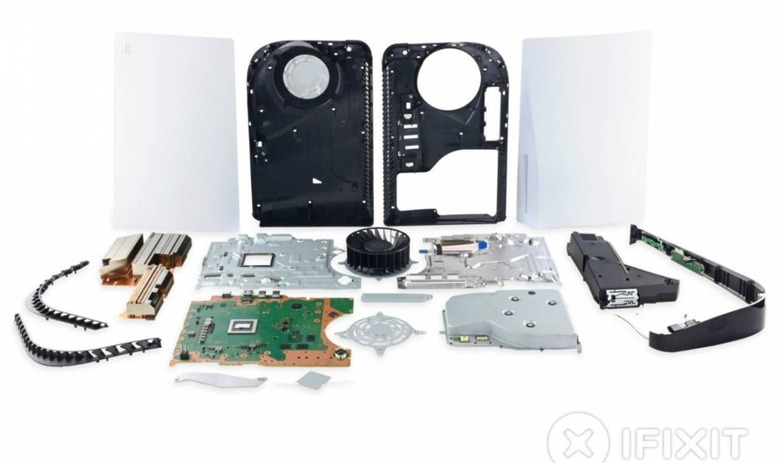 Inside The Play Station 5 Pro A Detailed Teardown And Component Overview
May 07, 2025
Inside The Play Station 5 Pro A Detailed Teardown And Component Overview
May 07, 2025 -
 Nhl 25 Arcade Mode Everything You Need To Know
May 07, 2025
Nhl 25 Arcade Mode Everything You Need To Know
May 07, 2025 -
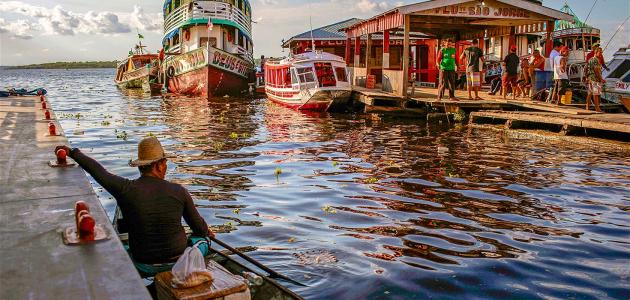 Shrakt Laram Wimbratwr Ltezyz Alsyaht Fy Albrazyl
May 07, 2025
Shrakt Laram Wimbratwr Ltezyz Alsyaht Fy Albrazyl
May 07, 2025 -
 Krikunov Podtverzhdaet Ovechkin Dostoin Mesta V Zale Slavy Iihf
May 07, 2025
Krikunov Podtverzhdaet Ovechkin Dostoin Mesta V Zale Slavy Iihf
May 07, 2025 -
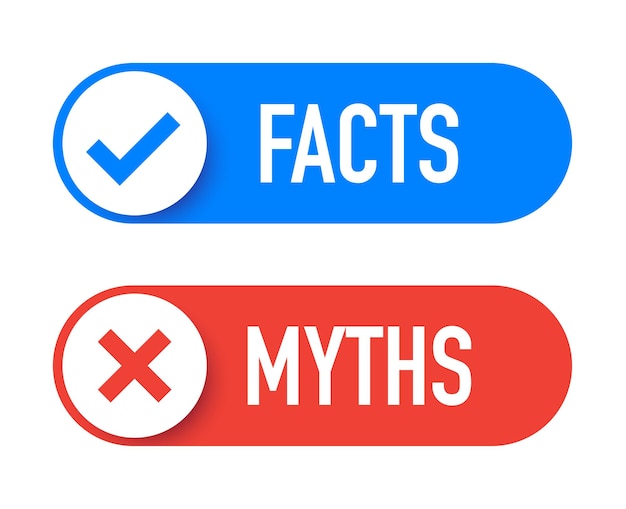 Onet Premium Fakt W Promocyjnej Ofercie
May 07, 2025
Onet Premium Fakt W Promocyjnej Ofercie
May 07, 2025
Latest Posts
-
 Rogue One Star Reveals Thoughts On Beloved Character
May 08, 2025
Rogue One Star Reveals Thoughts On Beloved Character
May 08, 2025 -
 From Skimpy To Sophisticated How Rogues X Men Costume Changed
May 08, 2025
From Skimpy To Sophisticated How Rogues X Men Costume Changed
May 08, 2025 -
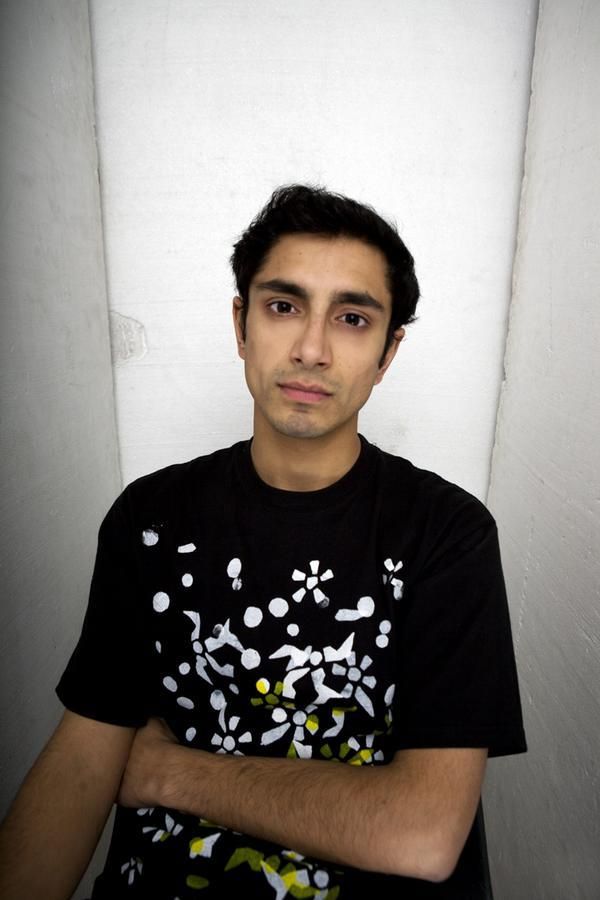 A Rogue One Actors Surprising Take On A Popular Character
May 08, 2025
A Rogue One Actors Surprising Take On A Popular Character
May 08, 2025 -
 Rogues X Men Costume A Look At Its Transformation Over Time
May 08, 2025
Rogues X Men Costume A Look At Its Transformation Over Time
May 08, 2025 -
 Rogue One Stars Unexpected Opinion On A Fan Favorite Character
May 08, 2025
Rogue One Stars Unexpected Opinion On A Fan Favorite Character
May 08, 2025
